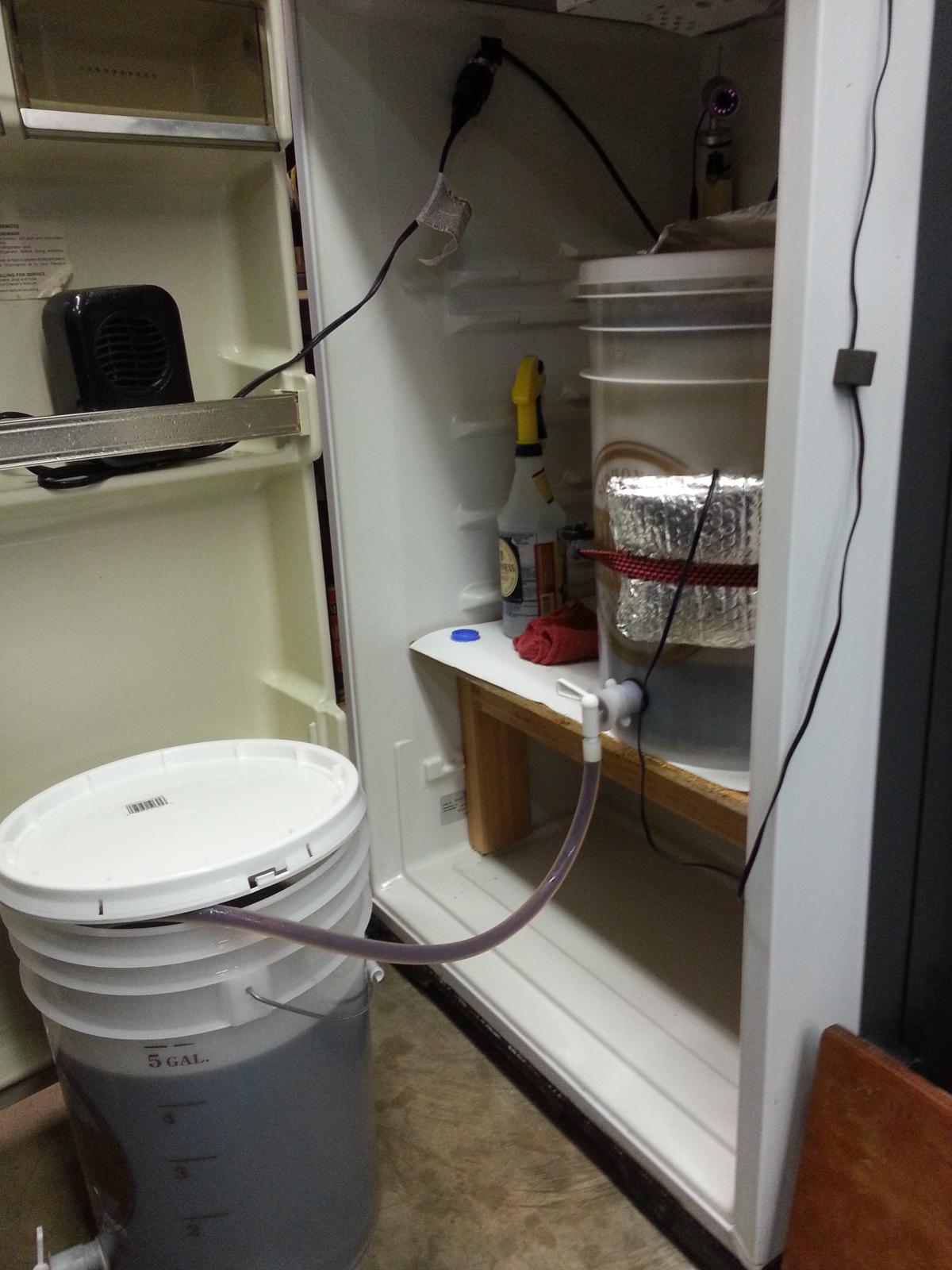stpug
Well-Known Member
- Joined
- Nov 5, 2012
- Messages
- 3,808
- Reaction score
- 769
Well, I downvote the Lasko MyHeat. Even though the price might be right, it's still to much heat. The overheat protection is a good thing, but for safety, there are better options.
Look at this for example. 5m @ 50w is a few bucks more than the Lasko, but a lot less heat density.
I think your Overestimating how much heat this thing puts out..yes 200W sounds like its outputting a furnace but its really not. Its hard to explain if you havent used it but its meant to be a desk heater pointed at your face so obviously its not going to be blowing scalding air out...it puts out a mildly warm air I find similar to say turning the heat on in your car. It works great with a BrewPi I can attest to using it for well over a year, but i could maybe see it being too powerful for the STC1000 to not prevent wild overshoots but even then i doubt it? Still its not that hot and takes a long time to heat up my 7Cft stand up freezer..
I bought and used the Lasko MyHeat for fermentations.... ONCE! There's something intuitively wrong about putting a heater in a small enclosed and sealed space (same as putting a light bulb in a can). I overheated the unit the first time (within the first hour) of use and that sealed the deal for me - I'll use it for my feet while I work
Imagine how hot the air around a fermenter gets while a lasko heater is trying to heat the liquid inside the fermenter 10°F with a probe in a thermowell. It quickly overheats itself. It takes a long time for the volume to come to the desired temperature.
Once I ruled out ambient heating devices, I went the heat tape (reptile heat tape) route. This has worked out exceptionally well and inexpensive too. The entire setup was <$20 and gets wrapped on my fermenter where it heats the actual fermenter. It can maintain temperatures up to about 100-110F depending on ambient air temperatures and the thing never gets hot to touch. I don't heat the air around the fermenter so there's no overshooting, and being half a millimeter thick means once it shuts off (STC1000+ controlled) it cools to the fermenter temperature within just a few seconds.
With the requirement of two fermenters at once, it changes things up a bit. I would still opt for leaning towards heating the fermenter and not ambient. In this case I would probably start with making a tape heater that's long enough to wrap both fermenters. As long as you have about the same amount of tape touching each fermenter then they should heat fairly evenly.
..at least that's my take on it.




































![Craft A Brew - Safale BE-256 Yeast - Fermentis - Belgian Ale Dry Yeast - For Belgian & Strong Ales - Ingredients for Home Brewing - Beer Making Supplies - [3 Pack]](https://m.media-amazon.com/images/I/51bcKEwQmWL._SL500_.jpg)






















